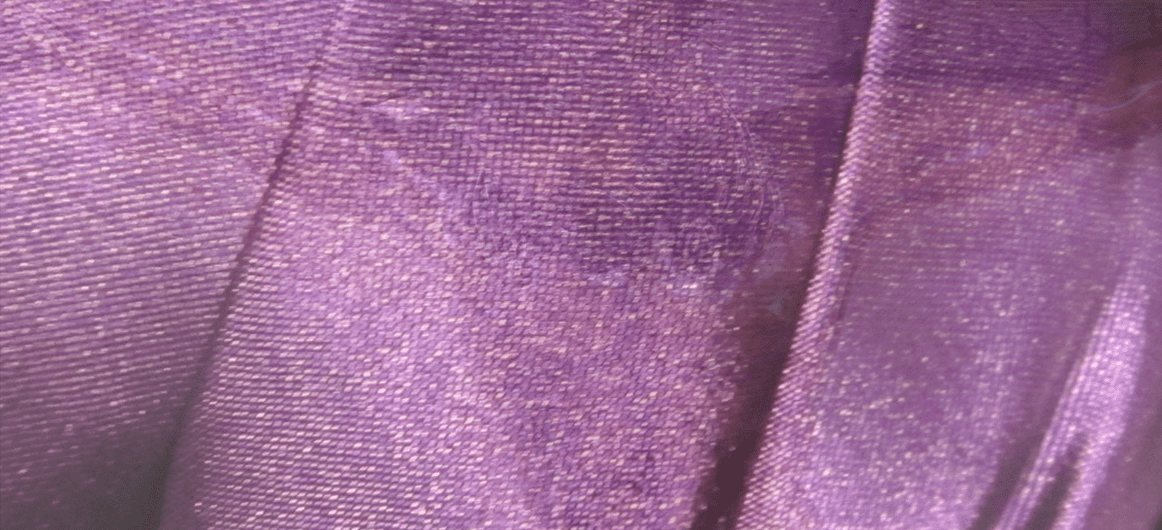My Dear Friends,
Today on the Fifth Sunday of Lent, the Church begins the period that is known as Passiontide. As you walked into the church, you may have already noticed our statues covered in purple cloths. It is a jarring visual, for sure, and it is not something that has traditionally been done here at Little Flower, but something that the priests and our pastoral staff have been trying to figure out the last couple of years how to implement, and more importantly, how to catechize to explain the veiling of our statues and images.
There is a wonderful catechesis on Passiontide from St. John’s Seminary in Boston that is worth sharing:
The last two weeks in the season of Lent are called Passiontide which begins on the Fifth Sunday of Lent. This is when the Church shifts her focus from Christ in the desert (the Gospel for the First Sunday of Lent) to Christ during His Passion.
During this period of Passiontide, you may have noticed in your parish that the crucifix and other statues and images around the church have been veiled with a purple cloth.
In the Roman Missal we find the instruction, “In the Dioceses of the United States, the practice of covering crosses and images throughout the church from [the fifth] Sunday [of Lent] may be observed. Crosses remain covered until the end of the Celebration of the Lord’s Passion on Good Friday, but images remain covered until the beginning of the Easter Vigil.”
Why do we veil images?
The practice of veiling images alerts us that something is different, it can be startling at first, but the last two weeks of Lent are a time of immediate preparation for the celebration of the Sacred Triduum. The veils are hard to miss, and they serve as a reminder to get ready!
The veiled images build within us a longing for Easter Sunday. The veils seem out of place, and even counterintuitive. It can seem strange that the crucifix is covered up during Passiontide. Through this absence of images, our senses are heightened, and we become more aware of what is missing. Similarly, the suppression of the Alleluia during Lent effectively demonstrates that we are in exile from our true Home, where the angels sing Alleluia without ceasing.
When images are unveiled before the Easter Vigil, we are reminded that we, in a sense, live in a veiled world. It is through our own death that we are able to see our true home, and the veil is lifted. Christ lifts the veil through His Resurrection.
Very powerful words in this catechesis, and the reason we chose to adopt this practice that is observed in many of our neighboring parishes is precisely to make us long for the Risen Christ, for the victory of Easter, and for the unveiling that takes place when we emerge from the veiled existence of sin and arrive to the unveiled existence of the grace that comes from God’s mercy.
The veiling of statues also serves as a reminder that everything in our church should point towards the altar. Sometimes our Protestant brothers and sisters criticize us, and at time rightfully so, because they claim we “adore” images in our churches. Obviously, we all know this is not true because we only adore the Eucharistic Lord present on the altar or in the tabernacle. However, there are times when we have seen parishioners receive Holy Communion and go straight to the statue of the Sacred Heart or the statue of our Blessed Mother or one of the other saints in our church to pray to them. The moment we receive Communion, we are one with our Lord and praying in silent adoration at our pews or joining in the singing of the Communion Hymn would perhaps be more appropriate. Yes, our Blessed Mother and all the saints join us in prayer after Communion, but reverence for the Real Presence of the Eucharist should take precedence during that short time. So, in this respect, the veiling of the statues may serve as a correction, if you will, to our post-Communion prayers and practices, or as we have often seen, to the habit of coming into the church to pray to one of the statues and not acknowledging the Real Presence of Our Lord Jesus Christ in the tabernacle.
Lent is supposed to be about correcting wayward paths, and if we have wandered astray in our liturgical practices, now is the time to make those course corrections as Passiontide begins and we begin in haste our journey to Calvary with our Lord.
May we long for what is hidden from us. May we long for the holiness that the now veiled saints exemplify for us. May we long for that glorious Easter morning when heaven is wedded to earth and humanity is reconciled with God.
God bless you all,


